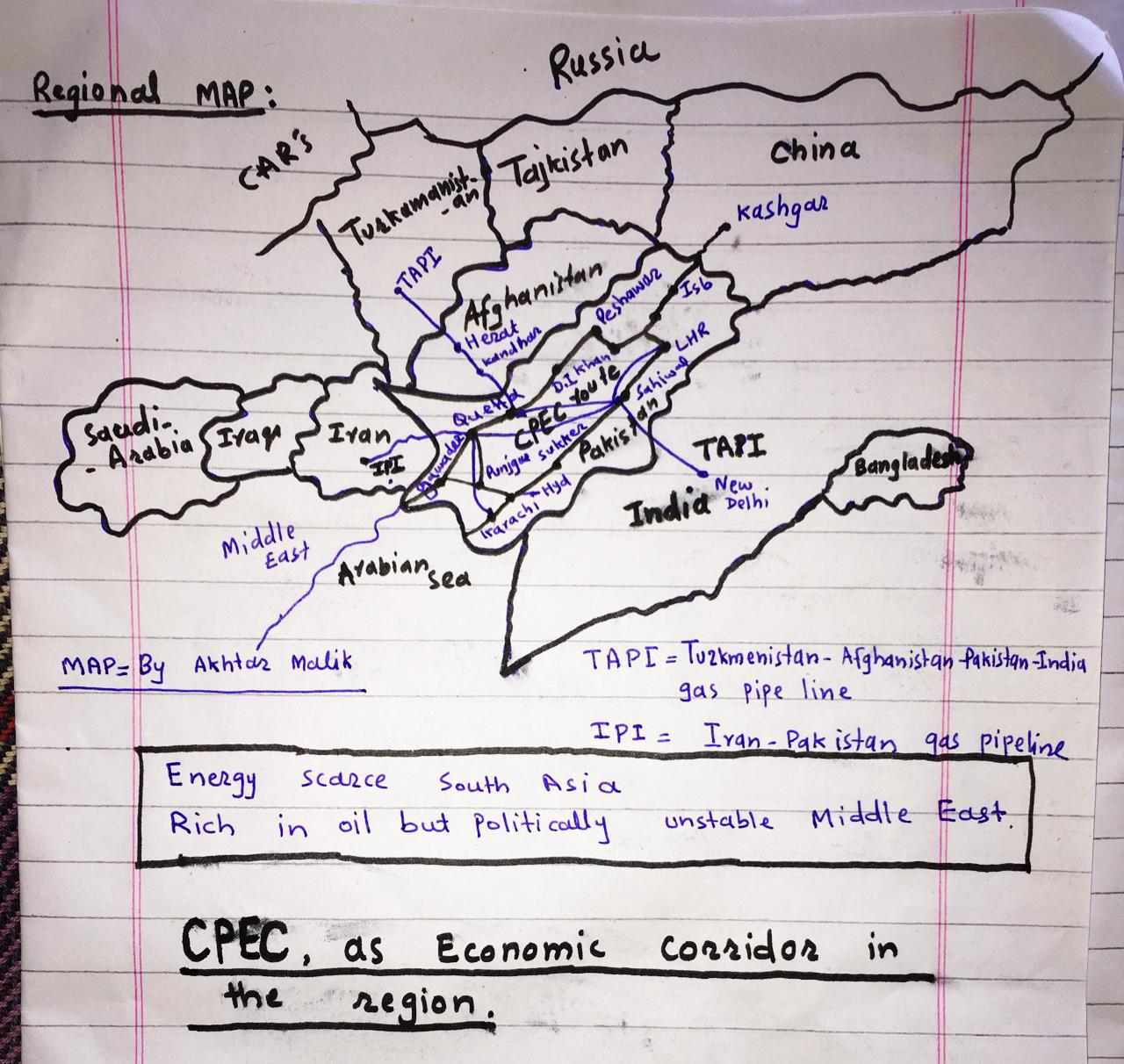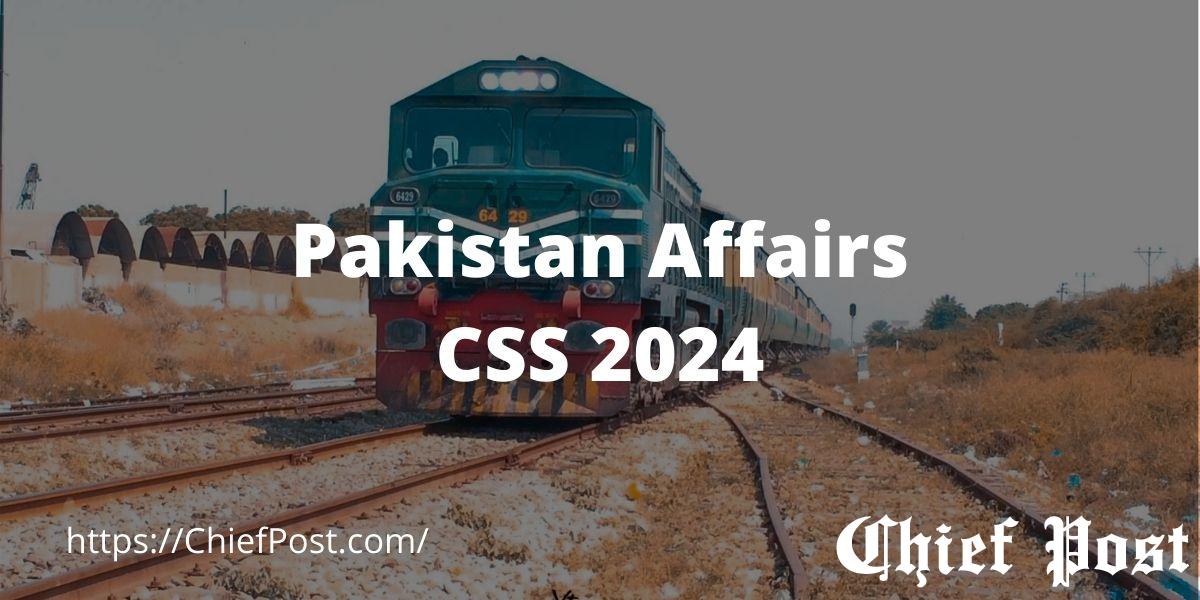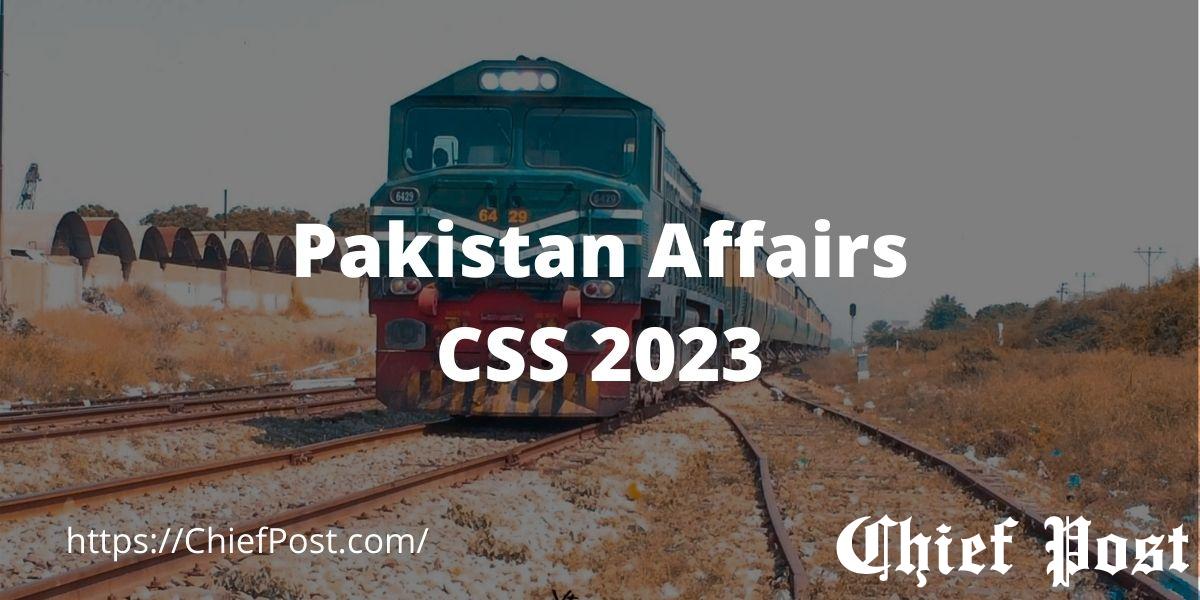
CPEC – As An Economic Corridor In The Region
CPEC is an economic corridor with the capacity to turn the fortune of the region through connectivity, transit routes and expeditious development which would help countries in conducting economic activities through providing them access to deep-sea in a coordinated and mutually advantageous manner.
“When the world is constructing the walls, we are constructing the bridges ”
Xi-Jin-Ping( President of China)
CPEC would play a key role through economic incentives and regional integration in which South Asia is being woven together by ports and pipelines, roads and railways, transportation and digital connectivity and partnership. CPEC is an extension of megaproject OBOR (One Belt One Road) that connects China with Central Asia, the Middle East and South Asia. CPEC would help to do away with the sense of deprivation, lack of proper management and unequal allocation of resources to the provinces. This will enhance the energy security of the region in general and Pakistan in particular. At the same time, Pakistan’s investment initiatives will likely to create long term balance of payment outflows which will also increase exports. Similarly, Pakistan has the singular importance as the only one which is connected both by land and sea with China through the Gawadar port. Being a transit trade hub, Pakistan provides access to the deep sea which will increase her leverage on regional countries. The emerging reality of perceptible shift in the global balance of economic and global power away from the West to East, with the 21st century, now being considered as the Asian century. In addition to it, CPEC has changed the regional apparatus, the lessening of the political clout of Europe and USA is discernible with new power centres emerging in an increasingly a multipolar world. The second major reality is the evolution of China from a regional power to a global power with the vast economic strength, increasing political clout and military might and fast-growing technological powers. It will also reduce the dependency of China on the Malacca strait where the US has military build-up. CPEC will also address the issue of overproduction of China and alleviate the poverty of the North-Western region of China. CPEC also faces some major challenges including changing perceptions and hostility of USA and India towards this project, cross border terrorism by detractors of CPEC, environmental implications and absence of coordination on an institutional platform. Thus, CPEC presents a promising way forward for the shared destiny of prosperity of the region if these challenges are coping with all the trials and tribulations. Hence, CPEC is an economic corridor with the capacity to turn the fortune of the region through connectivity, transit routes and expeditious development which would help countries in conducting economic activities in a coordinated and mutually advantageous manner.
To begin with, it is pertinent here to shed some light on what the CPEC project is. Broadly speaking, CPEC is a 3218km network of roads, railways and pipelines linking Kashgar in the north-west Chinese province of Xinjiang to the Gawadar port in Pakistan. It is a flagship project of the Chinese Belt and Raod initiative (BRI)– a venture that seeks to link China to the rest of the world through new roads, railways, ports and gas pipelines. CPEC is likely to be completed by 2030. From the construction point of view, the CPEC has been divided into short term, middle term and long term projects. At the start, the worth of project under the umbrella of CPEC stood around $46 B, however its scope has broadened ever since and the present worth of CPEC project is a staggering $62B. The project is integral to the bigger Chinese plan for reviving traditional Silk Road and establishing the new Silk Road economic belt.
It is pertinent to discuss the prospects of CPEC for the region. Firstly, the emergence of a new geo-economic area of connectivity in the region in which Pakistan is the transit trade hub. CPEC gives access to deep-sea of Gawadar port to CAR’s, Russia and South Asian countries which will result in boosting up trade activities of the region. Cooperation among countries will likely to help the settlement of Aghan crisis. This project is an integral part of BRI(Belt and Road Initiative) in which 65 countries promoting a new regionalism which would get connected to China through a vast network of roads and railways. Its position as a magnet for global supply chain would be further reinforced. Hence, its comparative advantage would thus be sustained over time.
Secondly, CPEC will stimulate expeditious development of the region which would help to mitigate poverty. Different mega projects including special economic zones, gas pipeline projects, energy projects are planned. These projects will create 3 million jobs opportunities in different sectors for the people of the region. It will also create so many opportunities to do business for the local’s Local people will get benefit out of these projects. Hence, it will also bring prosperity in the region by alleviating poverty.
Thirdly, CPEC will benefit to the Central Asian republics and Russia through economic globalisation. Inclusion of these countries after the Afghan peace process settlement would change the fate of the people of this region. Russia and CAR’s are energy-rich countries and strengthen cooperation among the member countries of regional organization SCO ( Shanghai cooperation organisation) along with mega projects of IPI and TAPI will give a boost to trade and regional economy. Their cooperation will further strengthen the ties of member countries in different sectors and also in combating the terrorism and separatism movements. Free trade agreements among these regional countries will give a boost to the local industry and likely to increase their exports.
Fourthly, the inclusion of oil-rich Middle East in CPEC will ensure the security of energy of the energy scarce South Asia. Inclusion of Saudi Arabia in CPEC is a good gesture for Pakistan to meet its energy deficit and it will develop oil facilities in Gwadar city. The interaction between China and Saudi Arabia in the corridor may also redefine the engagement of the Middle East in global politics and economy. Inclusion of other countries will also strengthen ties and ensure transparency of the project.
Fifthly, CPEC will change regional apparatus and OBOR is the true manifestation of the shift of power from the global North to the global South. Pakistan sits right in the middle of this regional geopolitical dynamics. The contrived commonality of interests between China, Russia and the USA are a potential threat for instability of the region. OBOR has changed the alliances of powerful countries. China, Russia, Turkey are realigning themselves while the USA, India, Japan and Australia are emerging to contain the ascendancy of China. China prefers to focus on its development which is evident from the evolution of China from a regional power to a global power with the vast economic strength, increasing political clout and military might. Thus CPEC has accordingly been caught in the crossfire between these two rival camps.

CPEC – As An Economic Corridor In The Region
Having discussed the regional benefits of CPEC, it is now imperative to discuss the benefits of CPEC for Pakistan. Firstly, CPEC would help to mitigate the crippling effects of the energy crisis in Pakistan. Given the current energy crisis that besets Pakistan, energy availability would revive existing industries such as textiles, fertilisers and sugar to full production and hence add an estimated two per cent to the GDP growth of Pakistan. Under the ambit of CPEC, around 13000 MW of energy is expected to be added to the national grid of Pakistan. There are 21 projects of energy are planned under CPEC which would be completed by 2025. So, it is clear to state that CPEC is a major tool to address the energy shortfall that Pakistan has witnessed.
Secondly, CPEC is expected to stimulate infrastructural development in Pakistan as well. Infrastructural development holds the key to economic prosperity as well as a high standard of living for any country. This is what Pakistan aspires to achieve shortly. CPEC promises to deliver on this front. Pakistan had prepared a plan to construct three corridors: the western alignment, the central alignments the eastern alignment. Eastern route has been picked for the development in the first phase. Progress has also been anticipated in transport infrastructure. In addition to it, Gawadar airport is also expected to be built in around 4000 acres along with 9 SEZ’s in the different parts of the country.
Thirdly, CPEC is likely to pave the way for agricultural modernisation in Pakistan. Agriculture is an important sector for the economy of Pakistan which accounts for 18% to the GDP of Pakistan. CPEC envisioned the establishment of 9 agriculture zones. These zones also envisioned the introduction of modernisation in agriculture such as the introduction of high yield varieties, hybrid seeds, use of sprinkle irrigation methods and new technologies of raising crops. It would enhance the production of wheat from 25 million tons to 50 million tons. It would also help in efficient irrigation of crops and also help in conserving water.
Fourthly, CPEC would help to fill the investment gap of Pakistan. In the medium term, the operations of these projects will require the balance of payment, outflows in the form of loans, repayments, profit repatriation and imports of input fuel. CPEC is a mega project of $62B which will present the soft image of Pakistan as an investor-friendly country. It will invite foreign direct investment in the country in the long run. Exports will be increased and a result, the trade deficit will be decreased.
Fifthly, CPEC will modernise Pakistan’s IT sector and communication network. Even in the 21st century, several regions of Pakistan are devoid of high-speed internet.CPEC promises to bring about a revolution in the communication sector in Pakistan by helping the country realise a high-speed internet throughout the country. Pakistan and China have agreed to lay the infrastructure for fibre optics network by laying a 9600km cable from Khanjrab -Gawadar – Karachi along the CPEC routes. The project is expected to cost around $280 million. Therefore, CPEC is likely going to give the much-needed boost to Pakistan’s communication infrastructure.
Sixthly, CPEC also provides the policy options to Pakistan. Pakistan has remained heavily dependent on the USA against the war on terror. Such a narrow outlook of the foreign policy of any country does not bode well for its future. The growing Indio -US bonhomie has disturbed the delicate security situation of South Asia. This prompted Pakistan to finally explore new options to diversify its foreign policy. Fortunately, the country has come to the rescue. CPEC is going to further strengthen the Sino-Pak relations. Moreover, the project can also be leveraged by Pakistan to cultivate friendly relations with Russia by offering the latter, access to the warm waters. In doing so, Pakistan would finally emerge as a major player in the Asian region.
After discussing the benefits of CPEC for Pakistan, it is necessary to discuss the prospects of CPEC for China. China is likely to reap dividends owning to CPEC. Firstly, upon successful completion of CPEC, China would be able to escape the Malacca dilemma. Currently, around 80% of Chinese oil imports have to pass through the Malacca Strait which is a stretch of water located between the Indian and Pacific oceans. This means the Chinese imports are at the mercy of the US and Indian navy fleets in the region. This implies that in case of an escalation between the two camps, Chinese oil supplies might be blocked. Imports through the strait of Malacca take around two to three months to reach China after covering a distance around 16000km. This is here CPEC comes in handy for China. Using CPEC, China will be able to bypass the Malacca strait and distance would also be reduced to 5000km.
Secondly, CPEC as a part of OBOR will address the problem of industrial overproduction of China. It will also alleviate the prevailing poverty in the North-Western region of Xin-Jiang. There is no denying the fact that China has lifted millions of people out of poverty. However, around two-thirds of the poor Chinese people live in the western flank of China while major industries are located in the eastern part of China. CPEC would address the issue of industrial overproduction of China through accessing new markets. Thus CPEC would also employ the people of China.
Thirdly, CPEC will give a major boost to Chinese bid for global hegemony and global power projection. Because the confrontation of established power (USA) and rising power (China) is inevitable according to Thucydides trap. It is for this reason that China has termed as a revisionist power that seeks to change the world order. This means In the era when populism is on the rise and China is connecting the world where the US is increasingly assuming an isolationist approach. China sees this opportunity to fill in the shoes of America. So CPEC is viewed in China as a tool to boost its global hegemonic designs.
However, there are quite a few challenges posed to CPEC. The biggest challenge to the successful implementation of CPEC is the opposition put forward by the USA and India. US opposition to the CPEC fits in the larger scheme of the country’s efforts to resist the Chinese rise to power. There have been many instances that clearly shows that the US is bent on sabotage CPEC. While Indian opposition is because of, deep sea Gawadar port will overshadow the importance of Iranian Chahbahar port which is controlled by India. Both countries I.e USA and India are also the major rivals of China and they want to sabotage this project through their malicious propaganda.
Moreover, another major challenge posing to CPEC is cross border terrorism by the detractors of this project. India is obsessed with undermining the credibility of the Chinese Belt and Road initiative in general and CPEC in particular. Indian efforts to fan separatist tendencies in Balochistan and Karachi are aimed at creating disunity and in Pakistan as a means to create resistance for CPEC in the domestic context of Pakistan. Unrest in Balochistan by India is simply an attempt to undermine the strategic interests of this project. India is also involved in spreading terrorism and creating instability in Pakistan through the borders of Afghanistan and Iran.
In addition to it, another challenge to CPEC is the absence of coordination on an institutional platform makes the process of decision making tedious and complex. Short-sighted politicians with an eye to the next electoral cycle do not find it in their interest to undertake unpopular reforms. There is a lack of consensus among the federal government, provincial governments, stakeholders and political parties when it comes to taking CPEC forward. Also, the complex and overlapping bureaucratic structure of Pakistan ultimately results in making the process of decision slow and complex.
Lastly, the lack of disclosure of details may create doubt on its transparency. Many crucial details have not been made public which may lead to the development of negative consensus among the public. The government has not helped matters as it has not placed all the data and information about capital structure, detailed sources of financing, project sponsors, about CPEC, in the public domain. Also, there are three types of reservation against CPEC. First, it is perceived that this project is designed to benefit Punjab to the neglect of the three smaller provinces. Second, that the country would be saddled with costly external loans and outflows forcing Pakistan to go for another bailout. Third, that the rest of the smaller cities would be neglected. Thus government should ensure transparency to build the trust of the people.
After discussing the major challenges posed to CPEC, it is necessary to find some workable solutions to cope up with these challenges. In this regards, CPEC needs to be efficiently and coherently run through and administratively whether a CPEC secretariat or CPEC ministry. Given the scale and speed of CPEC and its development within the short period, unprecedented in its scope in the history of Pakistan, CPEC ministry or secretariat should be established to make the decision making the process more easy and fair. Thus Pakistan can reap myriad of benefits from this project through scaling up the role of all stakeholders in the policymaking process. Furthermore, the best way to strengthen CPEC is to have more stakeholders in it.
A new World Bank report has stated that multi-country involvement in the CPEC can help achieve greater regional integration.likewise on the western border with Afghanistan, similar investments in improved border infrastructure, custom’s procedures, and road and rail connectivity would expand trade capacity and foster domestic manufacturing growth in Pakistan. Strong cooperation among member countries will likely to strengthen the ties which would help countries to work together on joint ventures i.e for the stability of the region and to combat the environmental implications created by these megaprojects.
Moreover, the Transparency of this project should be ensured to develop public trust. Even the payment mechanism involved in the Chinese projects were not known to the State Bank, resulting in a significant under-reporting of imports from China because many of the payments were not run through this country’s banking system. In the same manner, US diplomat Alice Wells criticises the transparency of CPEC by commenting that, “By getting Chinese financing for the projects, Pakistan was buying expensive loans and as a buyer, it needed to be aware that what it was doing would take a heavy toll on its already struggling economy,”. So the government needs to ensure greater transparency with regards to details of the individual projects. Hence this will build up the trust among the public.
The long and short of it is that CPEC is the game-changer for the region in general and Pakistan in particular. It can be a catalyst for regional connectivity and integration. CPEC will ensure energy security of the region and promotes a new regionalism, cooperation, development, peace and stability. In addition to it, it is promoting economic globalization through conducting and promoting trade activities. Further, CPEC presents the opportunity of a lifetime for Pakistan to develop on the fast track on the areas which have been neglected for decades. CPEC is also appreciated to act as a wide-ranging platform for enhancing cooperative enterprises comprising connectivity, infrastructure for telecommunication and information network, energy projects, agricultural development, industrial parks, tourism, public health and people to people communication which is expected to create new ventures and expand the economic outlook of Pakistan. Similarly, by implementing CPEC, China will have the great opportunity of expanding commercial and transport venues to increase her trade volume and influence across South and Central Asia. Gwadar Port when fully developed, assumed to play a pivotal role in making it a gateway and conduit for the proposed corridor. However, the intended objectives can only be achieved through pragmatic policies, ensuring transparency and strong cooperation among all stakeholders of CPEC.
Quaid e Azam once said,
“Pakistan is the pivot of the world, placed in the frontier on which the future position of the world revolves”.
Seventy years later, with CPEC and Pakistan’s role in the regional and global politics, the Quaid-e- Azam’s vision is being translated into a living reality.










